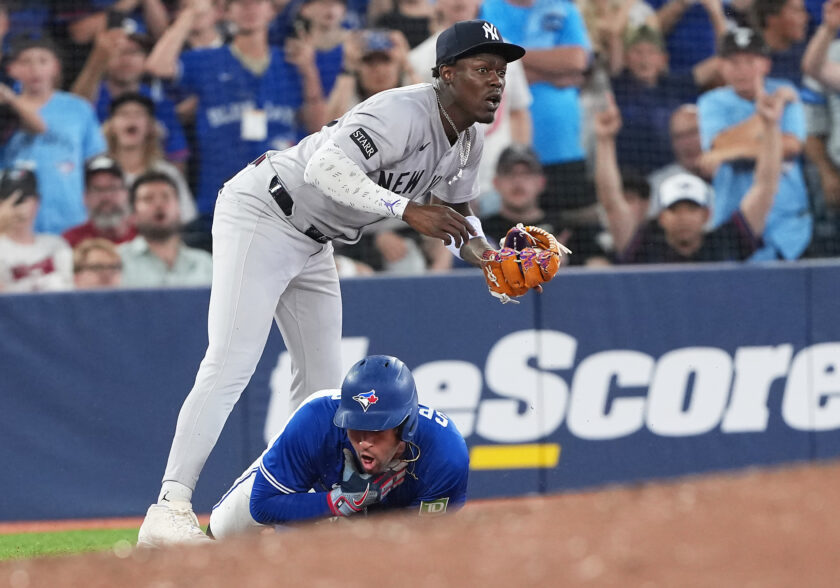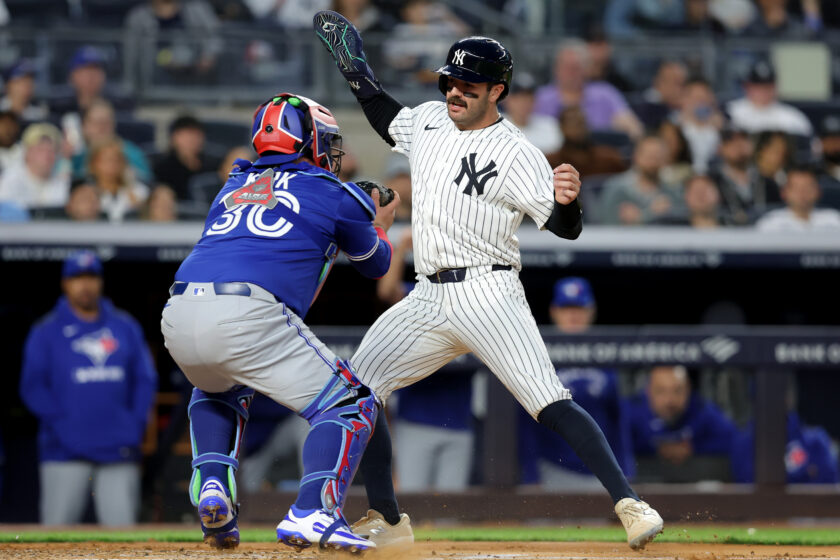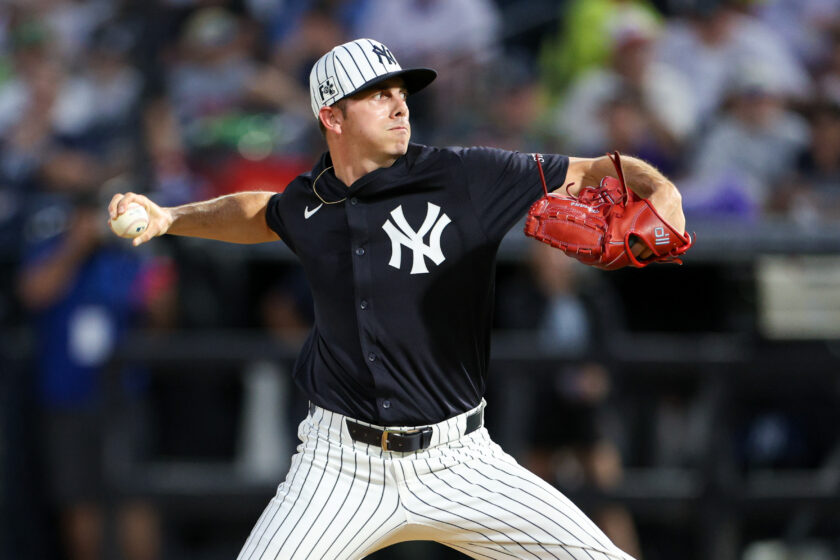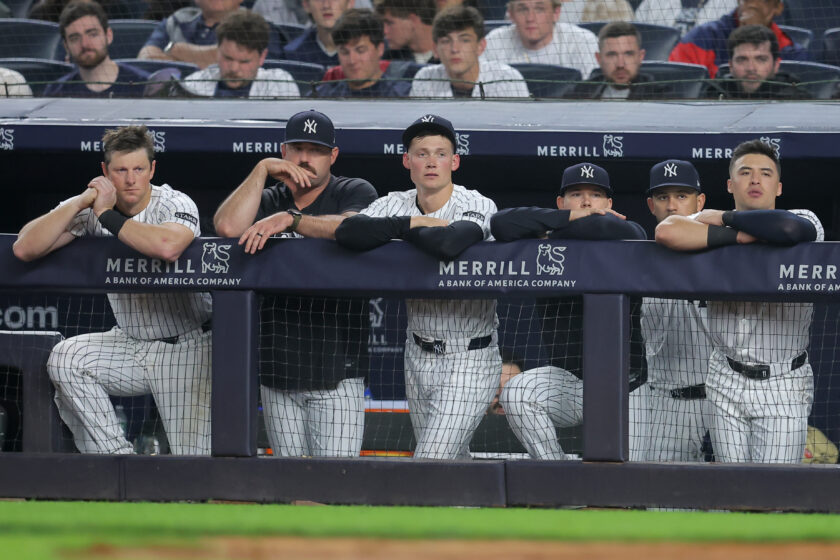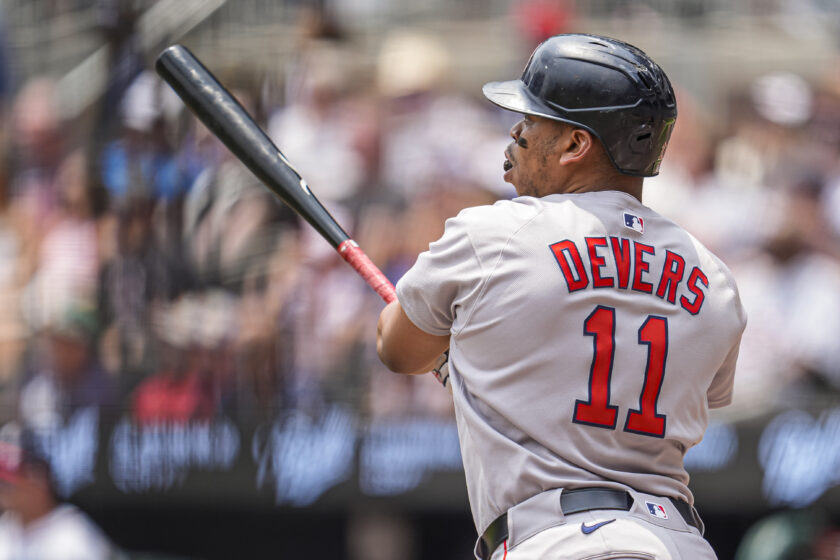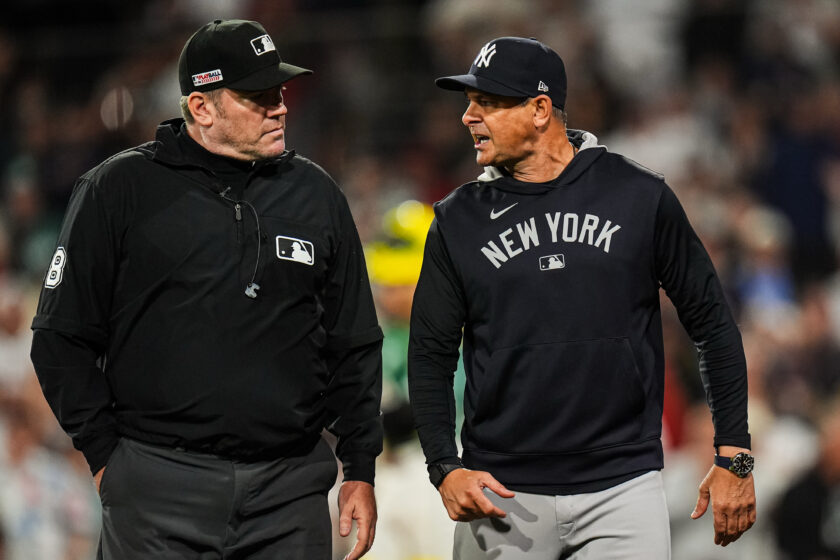New York Yankees: Average With Runners In Scoring Position Is A Fallacy

The New York Yankees have struggled mightily with runners in scoring position in 2016, leading to frustration across the fan base.
By Christian Kouroupakis
 The New York Yankees offense that scored 27 runs in their first three games is currently experiencing a nerve-wracking slump.
The New York Yankees offense that scored 27 runs in their first three games is currently experiencing a nerve-wracking slump.
After going 3-for-24 with runners in scoring position in the series with the Toronto Blue Jays, the Bombers continued their struggles by going 0-for-12 in game one of the series with the Seattle Mariners.
They also left 12 total runners on base, were 1-for-14 with runners on base, and have scored a mere eight runs in the last 36 innings.
Logically, when you hit with runners in scoring position and with runners on base more runs come into score. When you don’t get that hit, you won’t score those runs so the frustration of not scoring in an ideal situation is justified throughout the fan base.
That’s why it’s so easy for someone to point to a long stretch or month and say something like: “the problem is we just can’t hit with runners in scoring position.”
What shocks many people is that teams are not more phenomenal or worse when runners are in scoring position, and it has zero effect on the quantity of runs scored over the course of a full season.
A year ago, the Yankees scored 557 of their 764 total runs with runners in scoring position and even had a .256/.341/.465 slash line with RISP compared their .251/.323/.421 slash line without them in scoring position.
Here in 2016, despite the struggles these last few days, the Bombers have scored 34 of their 43 runs when runners are in scoring position and have a .260 batting average compared to their total team average of .247.
RELATED: Has Age Caught Up To Alex Rodriguez?
First things first, if hitting with runners in scoring position is actually this team’s strong suit, it makes no sense to go off ranting and raving that “blah blah no clutch blah blah scoring position blah blah.”
Secondly, since the difference between batting average and batting average with RISP isn’t substantial, in fact, the Yankees’ BA w/RISP is higher than their regular batting average, what New York is doing is simply maximizing the amount of plate appearances they get with RISP.
How do you do that? You hit, regardless of the situation. No matter the leverage, every hit makes a team better and those hits will inevitably transfer over into runs.
This justifies why a team like the Chicago Cubs can score 689 runs in 2015 (sixth best in the National League) but finish 28th in the league with a .236 batting average with runners in scoring position.
This also explains why the team with the 5th best batting average with runners in scoring position in the NL, the Atlanta Braves (.263), can finish dead last in the league when it comes to scoring.
Simply put, the Braves were dismal overall at the plate last season. The rebuilding franchise had the fourth fewest at-bats with RISP in the NL so the team wasn’t necessarily put in better positions to score those runs in general despite their superb average with runners in scoring position.
All in all, having the Yankees go 1-for-10 with RISP can be translated from “we can’t hit with RISP,” to understanding that those missed opportunities are going to start converting into runs.
In fact, you should be pleased that the Bombers are getting all these chances to push runs across the plate. I’d rather have them go 2-for-15 with RISP rather than 2-for-2. Why? For the sake of having 13 chances to score a run.
As the year progresses, they will get those hits sooner or later because they will have more opportunities to do so.
because they will have more opportunities to do so.
Individually speaking, all players tend to perform the same regardless the situation, with variances over small samples.
Last year the NL batting champion, Dee Gordon, batted .325 with runners in scoring position. That means he is more clutch, right? Wrong.
Gordon batted .333 on the season overall meaning he wasn’t “better” or “worse” when runners were in scoring position, he was just a phenomenal hitter overall.
A player may hit better with RISP this month, but then next month he’ll revert back to his regular performance or might see his performance worse.
That doesn’t mean he was clutch one month and a notorious choker the next, he was a normal player experiencing normal variances. The players that come through the best with guys on base are the guys who are the best in general.
The Yankees won’t be a crappy hitting team because they aren’t hitting with runners in scoring position, the Yankees won’t be a good hitting team if they don’t work at-bats, get their 1-2 punch on base, get in that convenient position to score, and just hit the ball regardless if the runners on first, second or third.
The big picture is, exceptional hitting teams will do what they do regardless of the situation they are in. The only thing a 3-for-22 stretch with runners in scoring position tells me is that those failed chances are going to inevitably start converting to runs.
As frustrating as it is to not come through with the big hit, understand that those hits will eventually come due to the simple fact that they are getting those runners in ideal situations.
NEXT: Meet Journeyman Ronald Torreyes
Christian Kouroupakis covers the New York Yankees and is the Editorial Director for ESNY. Interact with him and view his daily work by “liking” his facebook page and follow him on Twitter. All statistics are courtesy of Baseball Reference.com unless otherwise noted. Don’t hesitate to shoot him an email with any questions, criticisms, or concerns.

